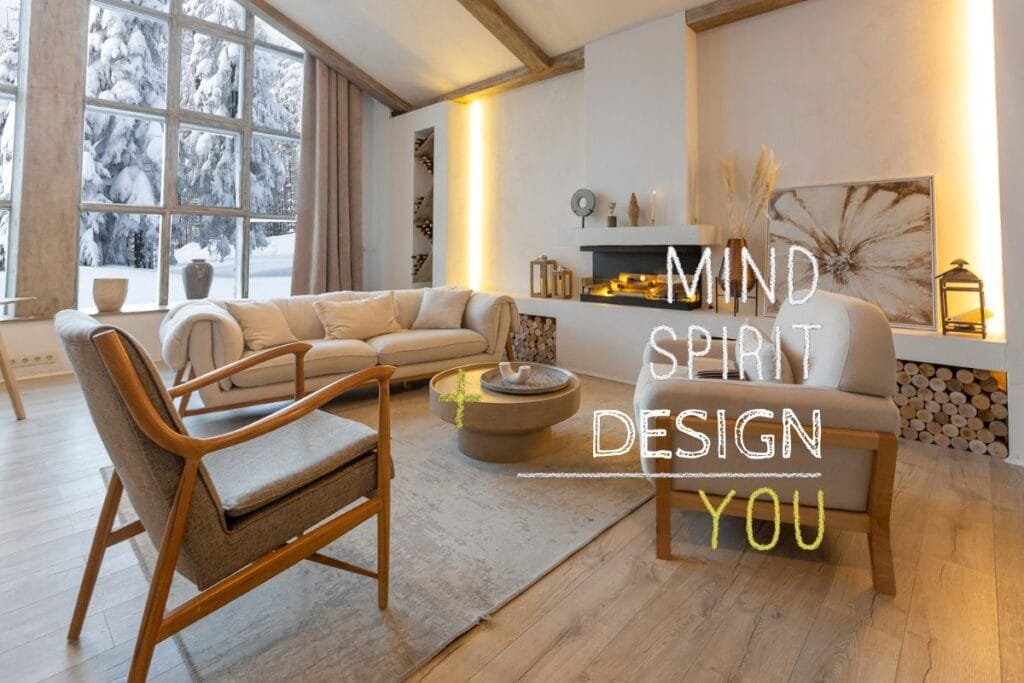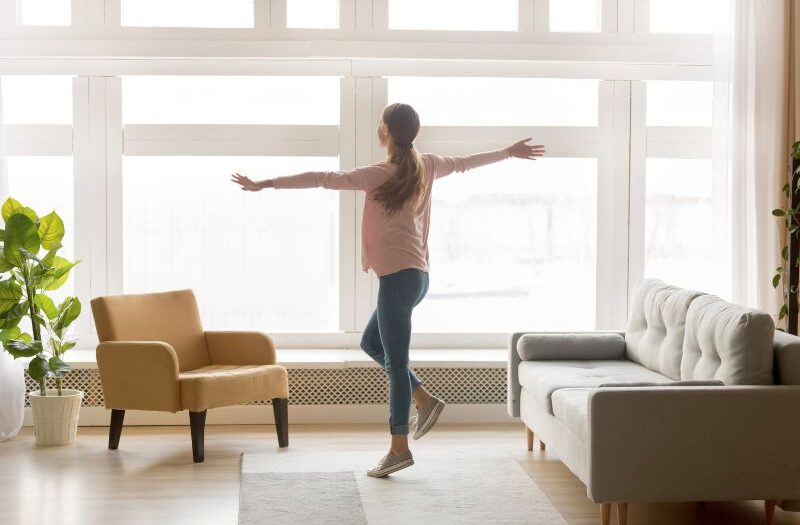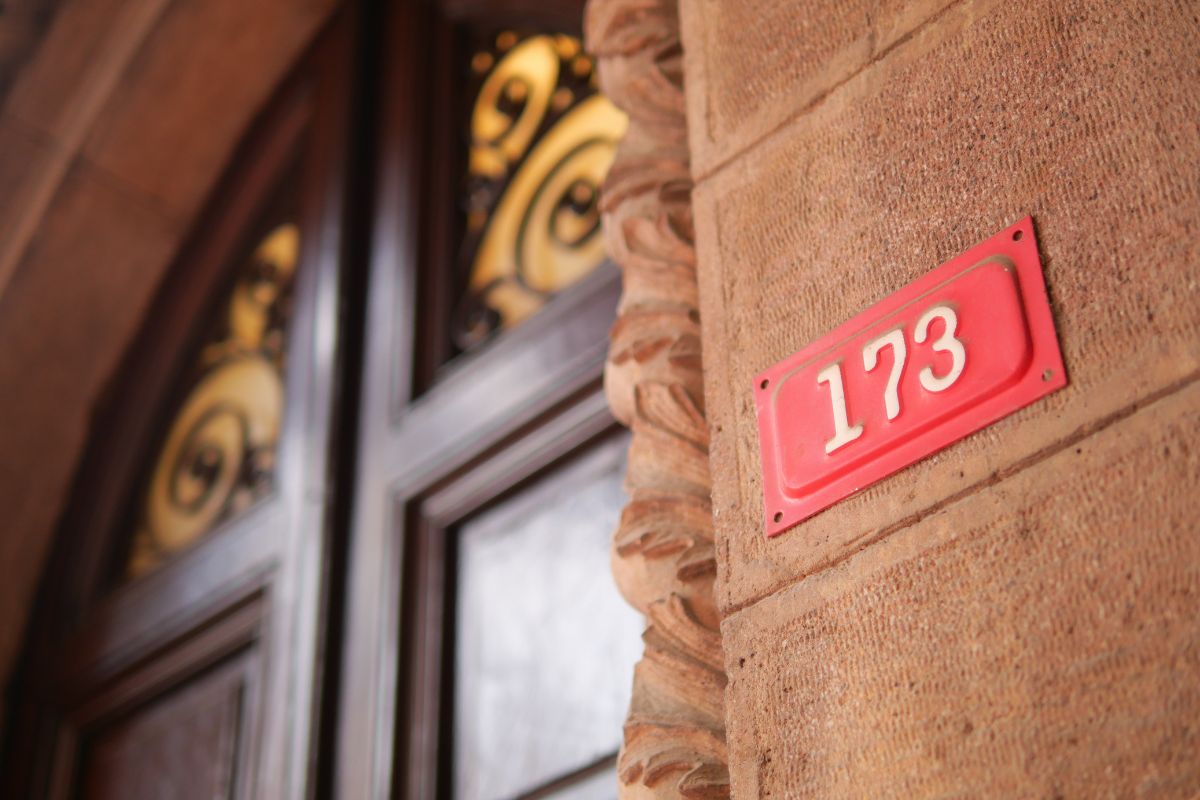"It is through the art of interior design that beautiful spaces are created. In today's design, we must acknowledge the interconnectedness of everything and strive to create spaces that sync with nature"
- Amara Naqvi Tweet
There is a reason why there are times when you can walk into a space and immediately feel at ease and inspired. Or, on the other hand, feel discomfort or restlessness.
Our built environments affect us on a deeper level beyond the physical realm. As we walk into a room, we don’t just see it, we feel it. Colors, lighting, textures, and even the furniture layout influence our mood, energy, and productivity.
The design of a space as a whole has a direct influence on our emotions, thoughts, and behaviors. Today more than ever, interior design must integrate ancient wisdom with contemporary design concepts to embrace holistic, biophilic, sustainable, and Feng Shui-inspired principles. The result is a space that serves as a profound gift for the mind, body, and spirit.
So how can we design our interiors based on these concepts to transform our living spaces and help us live our best lives?
Bridging The Gap Between Old-World Wisdom And Today's Design
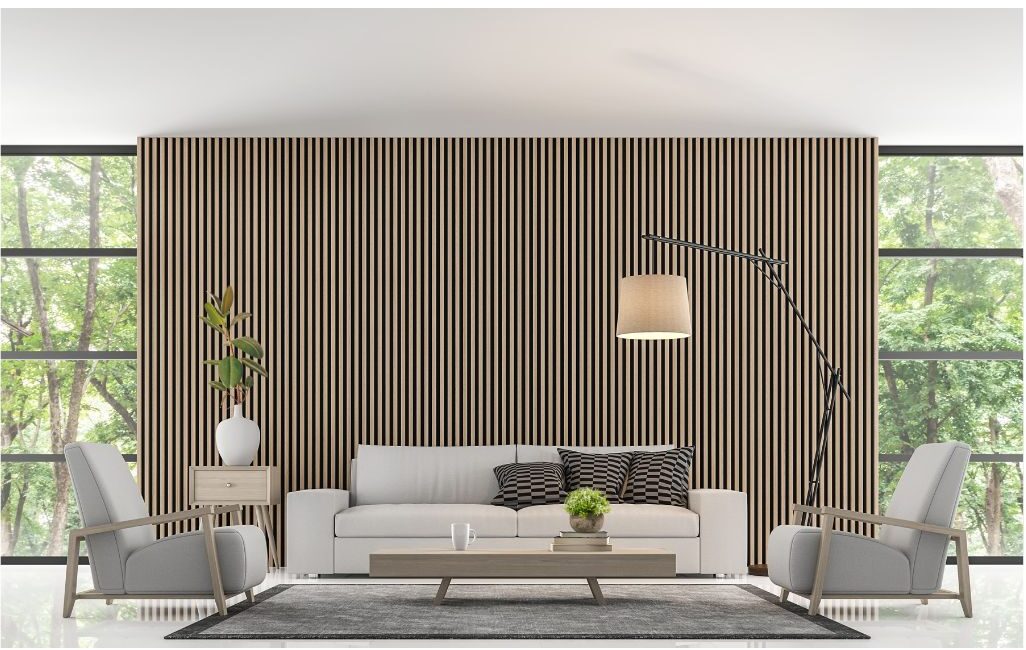
The art of interior design is a transformative process, crafting striking spaces that acknowledge the interconnectedness of everything. Today’s design philosophy should aim to create spaces that integrate seamlessly with nature. Even the smallest details, such as lighting and aromas, have the ability to influence a space’s energy and overall function. Thus, through the fusion of these progressive concepts, interior design should now bridge the gap between old-world wisdom and modern design.
A home can be transformed into a tranquil sanctuary. Offices can be designed to boost employee productivity and creativity. Educational facilities can be optimized to help students focus better and retain information. Hospital and therapeutic spaces can promote speedy recovery times or provide comfort during healing. Counseling offices can be designed to achieve clarity of mind while working through emotional issues.
The following approaches can be used to create fresh and healthy interiors and built environments, so why not take advantage? Let’s look at what these concepts are and how they can be applied today’s design:
The Holistic Approach to Interior Design
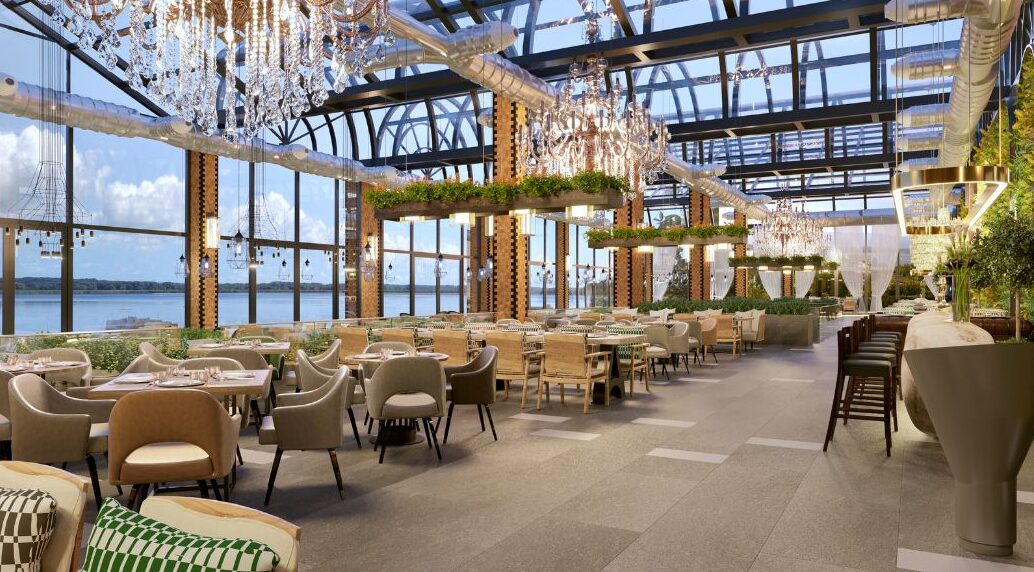
Holistic design is about designing interiors with people’s health and wellness in mind, focusing on the overall experience of a space. It aims to balance and consider all aspects of people’s lives – physical, emotional, mental, and spiritual. By doing so, interior design enhances people’s quality of life and truly nurtures them.
To give you an idea of what holistic design looks like, here are a few examples:
- Design that encourages social interaction and community building through the use of shared workspaces, interactive art installations, common gardens, and even by planning small details such as seating arrangements.
- Using an open-plan design avoids compartmentalizing a space into separate rooms. As an example, the living, dining, and kitchen areas flow seamlessly, providing a space welcoming family interaction.
- Integrating a holistic approach to office design, such as thinking about how much natural light is present in the space, how the layout affects communication between employees, and how to improve air quality in the space.
- Personalized spaces that provide a sense of belonging by adding unique touches to the decor, such as art, photography, and decorative accents. These spaces reflect the personalities of the people who live there or use them.
- Using color schemes that inspire positive emotions and soothe the mind, such as earthy or soft tones, calm greens, tranquil blues, and neutrals.
- Maximizing natural light by incorporating large windows or skylights and or artificial lighting designed to mimic natural light.
The Biophilic Approach to Interior Design
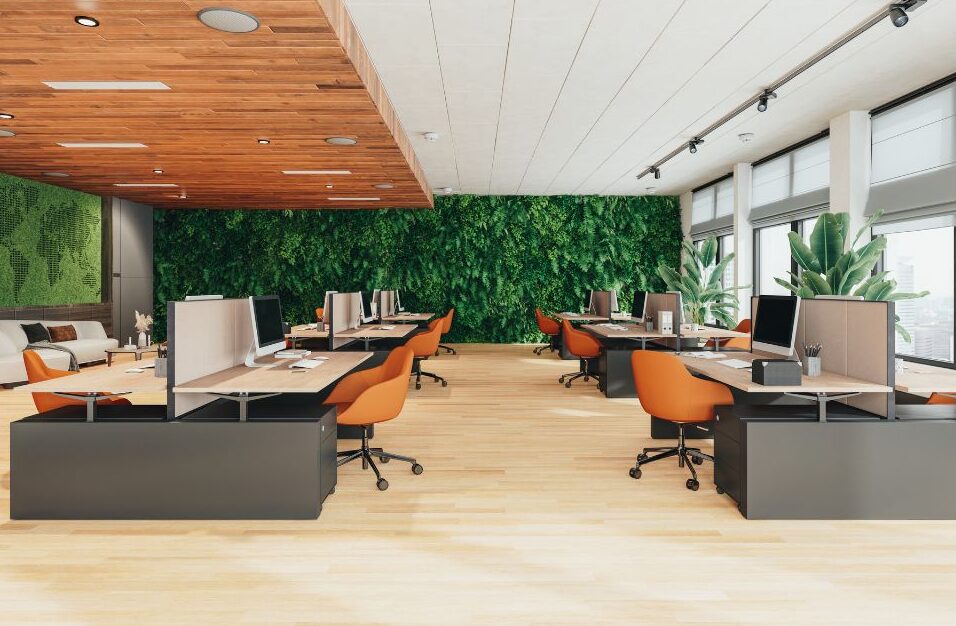
Bringing nature into the built environment is at the heart of biophilic design. It recognizes that humans have an innate connection with nature. To enhance that connection, the design mimics or incorporates natural elements like daylight, vegetation, water, and natural materials.
Research has shown that exposure to nature and natural elements reduces stress levels, improves mood, and enhances cognitive function, as well as controlling blood pressure and heart rate. Biophilic design utilizes nature’s advantages and incorporates them into a wide range of spaces, including homes, offices, public buildings, and urban settings.
To give you an idea of what biophilic design looks like, here are a few examples:
- Providing a view of nature from inside a space by using large windows or glass sliding doors overlooking trees, gardens or water.
- This design that maximizes “natural light” also by incorporating large windows, skylights, or light wells that add brightness to the interior as well as creating a cheerful and welcoming atmosphere.
- Bringing a touch of nature indoors and improving indoor air quality by incorporating potted plants, hanging planters, and vertical gardens into the design.
- Create calming and soothing effects in a space by incorporating water features, such as indoor fountains, aquariums, or water walls.
- Establish a visual connection to the natural world by incorporating fabrics, wallpapers, and rugs adorned with patterns and textures inspired by nature (for example, leaf patterns, botanical motifs, or landscapes).
A Feng Shui Approach to Interior Design
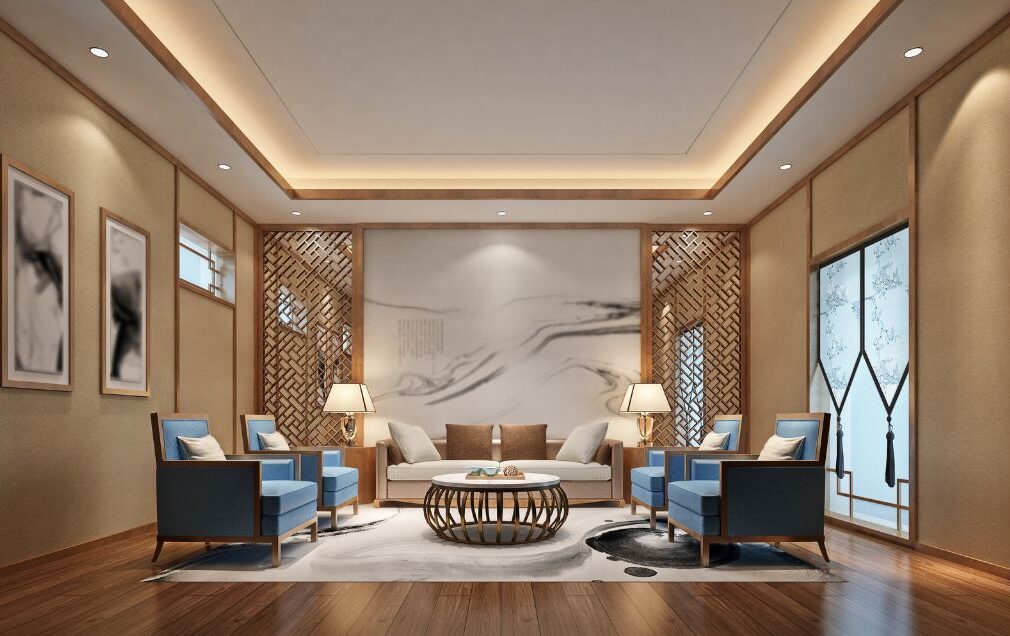
Using Feng Shui principles in design involves arranging furniture, decor, and other elements to create a harmonious flow of energy. To balance energy, things are arranged in a specific order, and the overall design is aligned with an intention. This is where energy flows freely and no blockages exist.
The possibilities are endless, and with some knowledgeable insights, any room or space can be transformed into a sanctuary that radiates a positive vibe.
To give you an idea of what Feng Shui inspired design looks like, here are a few examples:
- A well-designed and inviting front door or an organized entryway with clear pathways sets the tone for positive energy to enter the space.
- Creating a clutter-free environment to allow the free flow of energy (chi), which ultimately leads to greater clarity in life.
- The removal of items that may have negative associations, such as those that could be reminders of past failures or traumas, considered bad luck, or that bring forth negative energy, is encouraged when designing a space.
- Adding a water feature in the career area of the home will bring prosperity, according to the “bagua map.”
- Avoid placing a mirror directly opposite a bed, as it disrupts the sleeping person’s energy.
- Creating a focal point in a room with artwork or furniture that holds personal meaning generates positive energy that is then reflected back throughout the entire space.
- Wood, water, fire, earth, and metal elements can be used as decor and design to address deficiencies or excesses in any area, creating a balanced environment.
- Utilizing command positions, which involves placing furniture in an area where you can see the entrance to the room, but are not directly in line with it. This positioning brings security and empowerment.
An Eco-wise and Sustainable Approach to Interior Design
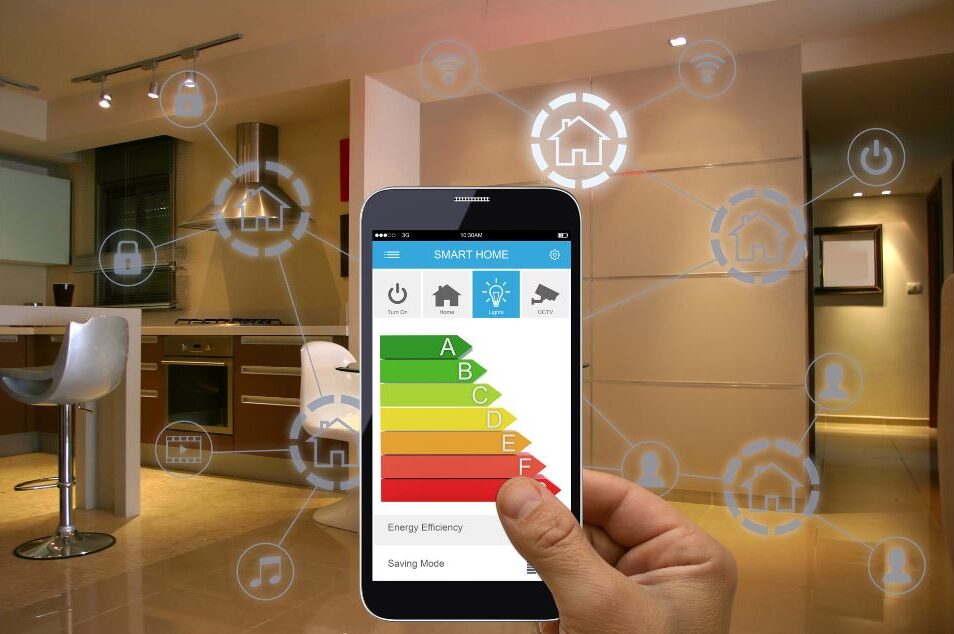
At the core of sustainable and eco-wise design lies a deep commitment to the health and well-being of our planet and its inhabitants.
This approach to design preserves the environment and has a deep respect for the resources it provides. It focuses on renewable resources, minimizing waste and pollution, and encouraging long-term sustainability.
Sustainable design recognizes that human activities have significantly impacted the planet. As a result, it strives to reduce the impact and damage by utilizing environmentally friendly resources, technologies, and practices. Eco-friendly spaces extends beyond environmental sustainability to benefit everyone in the community, not just a select few.
Together, they invite us to recognize our place in the larger ecosystem.
To give you an idea of what Eco-wise & Sustainable design looks like, here are a few examples:
- A truly eco-conscious design will prioritize recycling bins, composting systems, and utilizes furniture and decor crafted from recycled, repurposed, or up-cycled materials to minimize waste and promote a circular economy. For instance, repurposing a ladder as a shelf or using a suitcase as a side table exemplifies this sustainability practice.
- A city layout that prioritizes sidewalks and bike paths and are accessible to all ages and abilities. Walking and biking are eco-friendly ways to travel, reducing pollution and congestion.
- Choosing low-VOC (volatile organic compound) paints and finishes for walls and furniture, minimizes harmful emissions and provide better indoor air quality.
- Using eco-friendly textiles like organic cotton, hemp, or linen for upholstery and bedding, along with non-toxic construction materials to reduce the use of harmful chemicals and pesticides during production and disposal processes.
- Installing water-saving fixtures like low-flow toilets with aerators and shower heads. As a result, water is conserved and responsible water usage is promoted.
- Incorporating energy-efficient lighting fixtures, appliances, and smart home technologies like LEDs and smart thermostats, to save money and energy. These options consume less energy, last longer, and emit less heat, thus reducing energy consumption and promoting sustainability.
A Cafe Designed To Perfection!
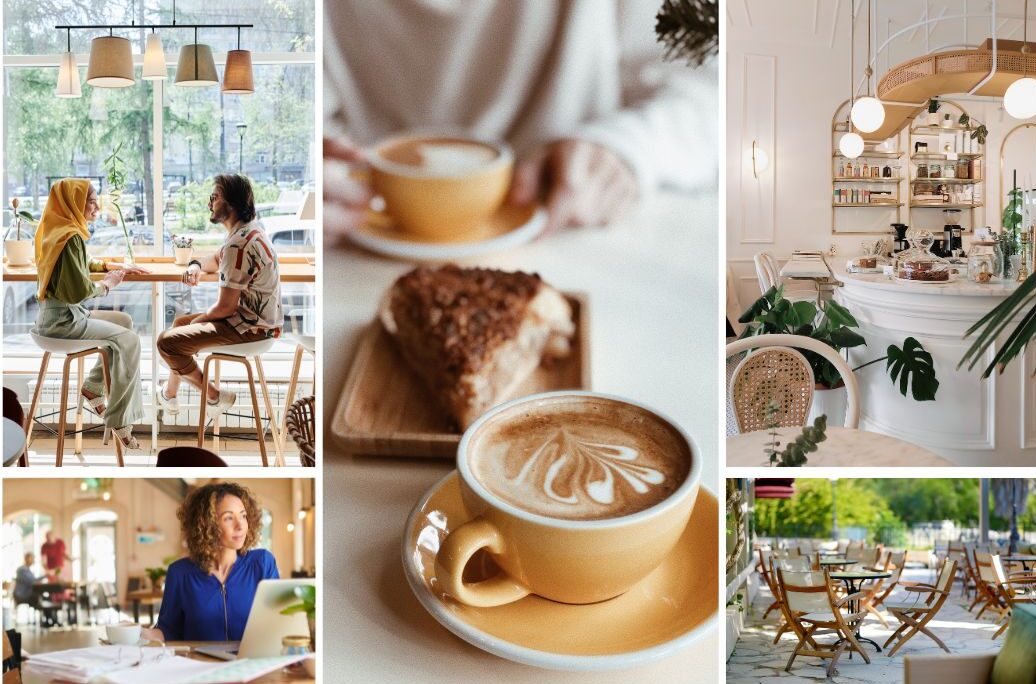
Let’s step inside an exquisite Café as a masterpiece that flawlessly merges these concepts to create a space that embodies balance and tranquility.
As soon as you step inside, you are immediately greeted by a warm and organic atmosphere that uplifts your mood and connects you with nature.
The open layout of the cafe allows ample natural light to flow in, fostering a relaxed and focused environment. The use of natural materials such as wood and stone adds a sense of wholesomeness, while the living green walls and potted plants bring in freshness, vitality, and beauty.
The seating arrangements are thoughtfully designed to accommodate both cozy corners for intimate conversations and more interactive spaces for socializing, depending on the preferences of the guests. Additionally, the cafe incorporates a water feature and inspiring artwork that radiate positive energy, following the principles of Feng Shui.
Once you settle into your seat, you’ll notice the ergonomic furniture that provides support and comfort for your physical well-being, whether you’re enjoying a cup of coffee or working on your laptop. The ambient music, carefully set at an ideal volume, enhances the overall experience while being mindful of the ongoing meetings and conversations. The aroma of freshly brewed coffee fills the air, stimulating activity and heightening awareness.
While sipping your coffee or chatting with friends, you can take pleasure in knowing that you are in a space that nourishes your soul and promotes environmental kindness. The cafe operates in a sustainable manner by using compostable utensils and containers, and they encourage customers to bring their own reusable cups through incentives. They prioritize sourcing local and organic ingredients and donate excess food to support the community.
Furthermore, the lighting and temperature in the cafe are optimized for energy efficiency, creating a cozy atmosphere that is environmentally friendly. Every aspect of the design revolves around creating a space that aligns with your needs while being mindful of the sustainability of our planet.
Point Of Alignment
At its core, interior design deeply influences our body, mind, and spirit. We can create spaces that enhance our well-being and nurture a strong connection between us and our surroundings if we approach design with mindfulness! Let’s design with intention, purpose, and heart, making our spaces truly meaningful and beneficial for us and the environment.

